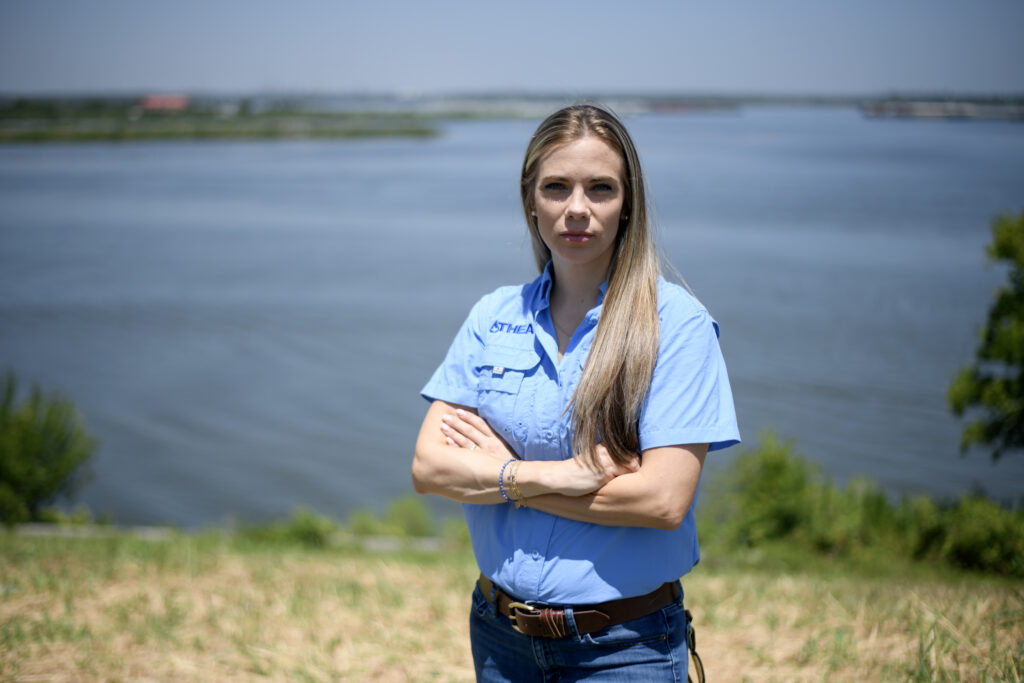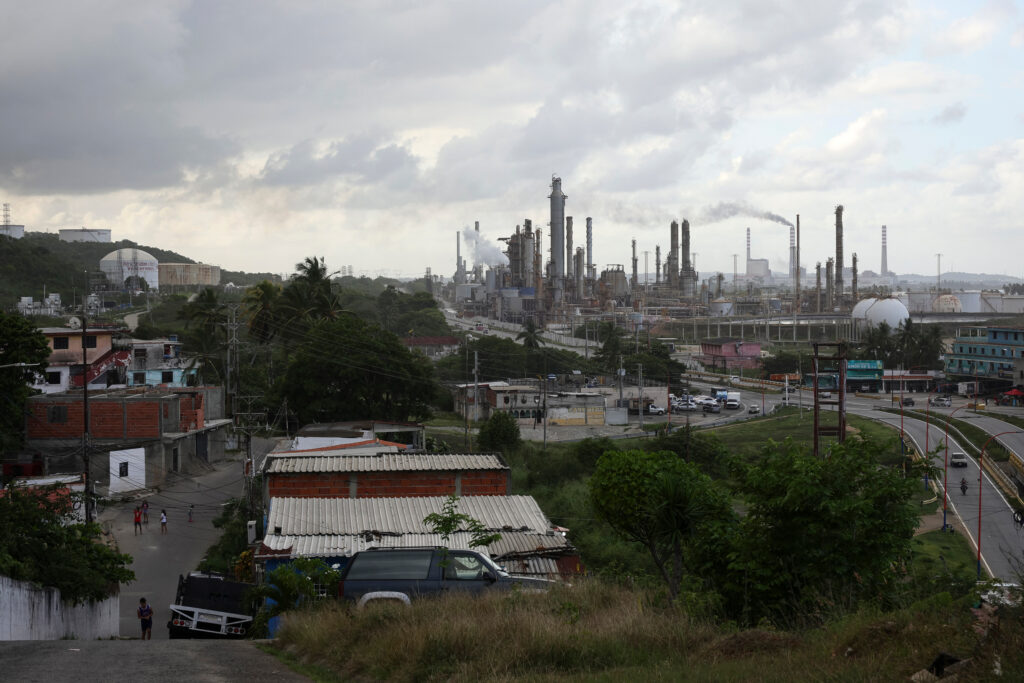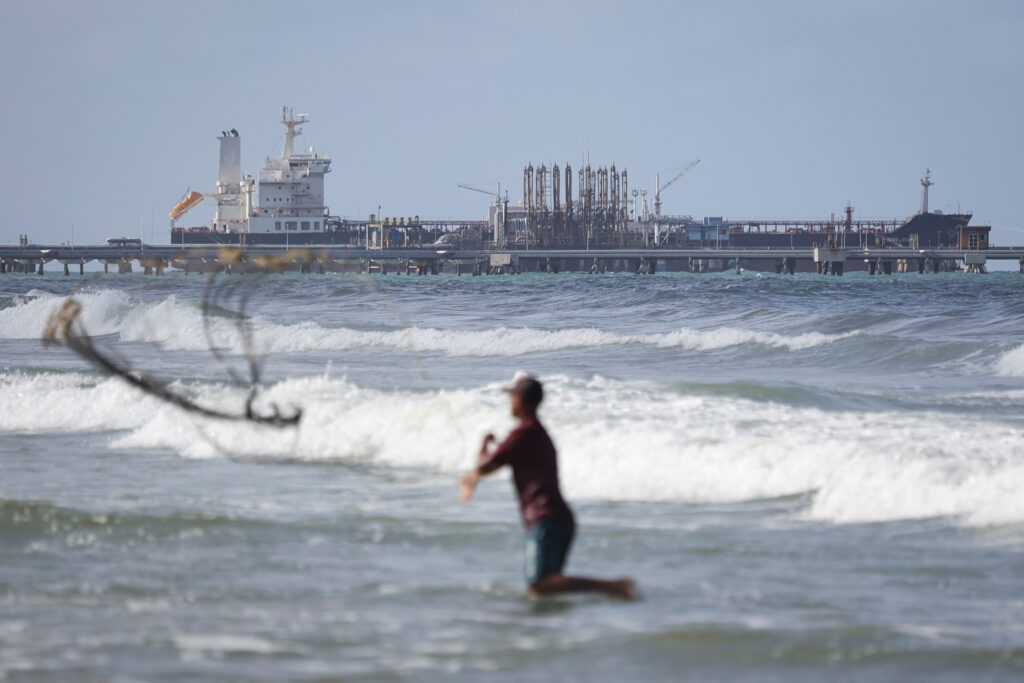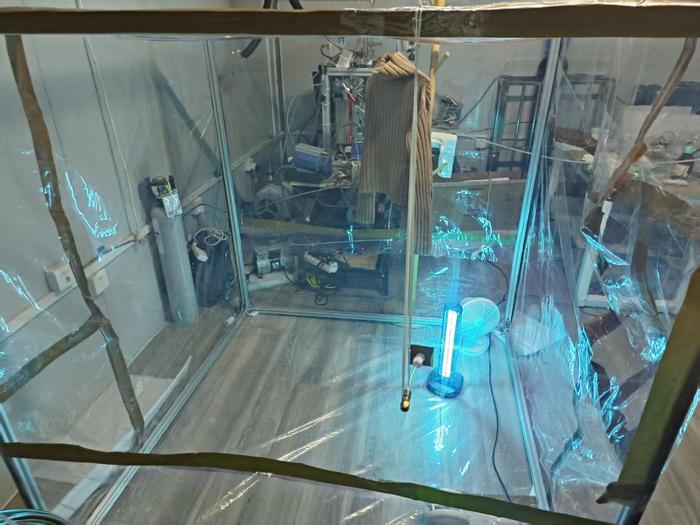Virginia is seeking millions of dollars in federal funds this month for state and local government programs to reduce pollution and greenhouse gases. The state outlined its most urgent emissions-reduction strategies in a Priority Climate Action Plan (PCAP) submitted to the Environmental Protection Agency (EPA) in March and must file its funding request by Monday.
The state’s Department of Environmental Quality (DEQ) sought public feedback for six months on the state action plan, which signals Virginia’s intent to electrify transportation, building and industrial sectors.
The nonprofit Southern Environmental Law Center described the state’s priorities as accelerating Virginia’s clean energy transition. “We’re targeting real climate solutions that are going to make progress in Virginia,” said Garret Gee, a senior attorney with the law center.
We’re hiring!
Please take a look at the new openings in our newsroom.
See jobs
Both Virginia and several of its metropolitan areas are eligible to apply separately for $2 million to $500 million out of $4.6 billion set aside in the Inflation Reduction Act under the Climate Pollution Reduction Grant (CPRG). The EPA will award the grants beginning in October, and the agency expects 45 states and dozens of metropolitan statistical areas to apply. Funds will be distributed as early as October, according to an EPA announcement in January.
The scope and ambition of some of the state’s PCAP proposals may surprise advocates who saw Gov. Glenn Youngkin balk at Virginia’s participation in a regional interstate program designed to reduce emissions and generate funds to address local climate change risks. Under pressure from the governor, Virginia dropped out of the Regional Greenhouse Gas Initiative, prompting state lawmakers this year to include participation as part of their budget proposal.
Youngkin now appears eager for tax money—albeit from the federal government—to be directed toward climate change and particularly for industrial, building and transport sectors. “I can’t speak for the governor, but I think the goal here is to purely bring dollars to Virginia for any kind of project,” Gee said. “It’s a good thing they’re chasing the federal dollars.”
Oil and gas companies in Virginia could benefit as well. As part of Virginia’s PCAP, the DEQ proposed capturing and limiting methane emissions and bolstering the state’s waste-to-energy systems at wastewater treatment plants. Local oil and gas companies and the Virginia Oil and Gas Association lodged opposition to enhanced focus on renewable energy measures, claiming the DEQ was abandoning Youngkin’s “all of the above” energy approach, which favors expanding renewables and continuing to rely on lower-carbon energy sources like natural gas.
Virginia’s PCAP is mainly focused on big targets, notably emissions that can be cut through changes by industry and transport. DEQ laid out 10 “measures” of action that the state may pursue with CPRG funding. Among them: state subsidies for electric vehicles, increasing bicycle and pedestrian infrastructure, developing renewable energy for home and business use, and reducing “high-potency” greenhouse gases like methane from the industrial sector.
This was “definitely the direction we hoped they would go,” Gee said. “Diverting emissions from the atmosphere now has a bigger impact than doing so five years from now.”
Gee, who specializes in transportation policy, said he hopes electric bike rebate programs, expansion plans for bus networks, and projects that would improve access to install more electric vehicle chargers in rural areas will be in Virginia’s final CPRG application. But with so many different sectors in need of funding, Gee said it is unlikely every worthy proposal will receive federal money.
One of the best parts about the federal funds, according to Gee, is that they stimulate and support plans that states, cities, counties and tribes are primed to put into action. Communities across Virginia—including Richmond and the greater D.C. area—wrote their own PCAPS, and those plans were included in the state’s PCAP. Each community will also submit separate applications to the EPA for CPRG funding. Like the overall state plan, communities’ plans targeted transport and buildings as priorities.
Gee said planners should ensure that “disadvantaged communities have a seat at the table to figure out what types of projects are built, and also to make sure that those are projects that actually serve the community.”
The EPA required PCAPs to analyze how reducing pollution and greenhouse gases would benefit “low income, disadvantaged communities,” of which there are 2,169 such census tracts in Virginia, according to the agency. Officials in Richmond, which contains several such communities and plans to submit a CPRG application, say the fund has the potential to transform local quality of life.
“This is a one-in-a-lifetime opportunity,” said Nicole Keller, a resilience planner with PlanRVA, the organization that submitted the greater Richmond area’s plan. “Transportation is by far the largest piece of the emissions pie,” and consequently the region’s biggest focus, Keller said.
PlanRVA is seeking to create electric vehicle incentives, expand and create better access to local routes, and urge lawmakers to adopt land use policies that would “encourage development near high-capacity transit stations and within activity centers,” she said. Compared with other regions in Virginia, Richmond and its surrounding communities lack well connected bike lanes, she said.
Keller also said that federal funds could cover the cost of Richmond tallying emissions in its transportation, building, industrial, waste, and municipal sectors —something other metro areas in the state have accomplished.
PlanRVA believes the funds could help remedy decades of pollution in communities that have been disproportionately saddled with power plants and other industrial operations, she said. “So many things go back to racism and de facto practices,” Keller said. “Our localities are really dedicated to reversing decades of unjust development patterns.”
Both the state plan and local initiatives propose steering money to reduce fugitive emissions such as methane from oil and gas well pads and other areas of the industrial sector as well as developing methods to turn solid waste at wastewater treatment plants into natural gas.
Oil and gas companies and trade organizations, in written statements submitted during the DEQ review, said that powering the state’s industrial sector with renewable energy and incentivising commercial and residential buildings to electrify power generation systems was impractical and antithetical to an “all of the above” energy approach.
Electrifying industrial processes “is not possible for energy intensive sectors that require immediate, high thermal heat,” the Virginia Manufacturers Association said in its written comment. It called natural gas “an essential fuel for electricity generation and reliable energy storage, which helps minimize the risk of power disruptions during periods of peak demand.” Generating natural gas in the U.S. “is a national and economic security imperative,” the association said.
Virginia Oil and Gas Association, an industry group that represents fossil fuel companies in the region, wrote that it had “significant concerns” with proposals to reduce emissions in Virginia’s building and industrial sectors. “The most affordable way for a home and businesses to heat their property is with natural gas equipment,” it said in its submitted comment.
This story is funded by readers like you.
Our nonprofit newsroom provides award-winning climate coverage free of charge and advertising. We rely on donations from readers like you to keep going. Please donate now to support our work.
Donate Now
Columbia Gas of Virginia, a company that provides natural gas from Allegheny to Chesterfield counties, said in its comment that natural gas “will and must play an important role in Virginia’s energy future,” and said that fossil fuel could help the state meet its decarbonization goals. The company “opposes policy that forces fuel switching, including electrification, on our customers especially when it leads to higher energy costs and a less reliable and resilient energy system,” it said.
DEQ noted that the purpose of its PCAP was “to provide an umbrella so that the widest possible range of [greenhouse gas]-reducing projects could be eligible for implementation funding.” The state is still committed to an “all of the above” energy strategy, the DEQ said in written responses to public comments.
Virginia’s proposals are part of a competitive process and no federal money is guaranteed, but that doesn’t make it a zero-sum game for the participants. “Even if we don’t get an implementation grant fund, this plan does not go on a shelf,” Keller said. “It is really going to help influence the agenda for our work going forward.”
“It’s really important they get the details right,” Gee said about all the local entities seeking funds. Their plans will serve as a “more complete picture of the way Virginia thinks about the clean energy transition.”

















